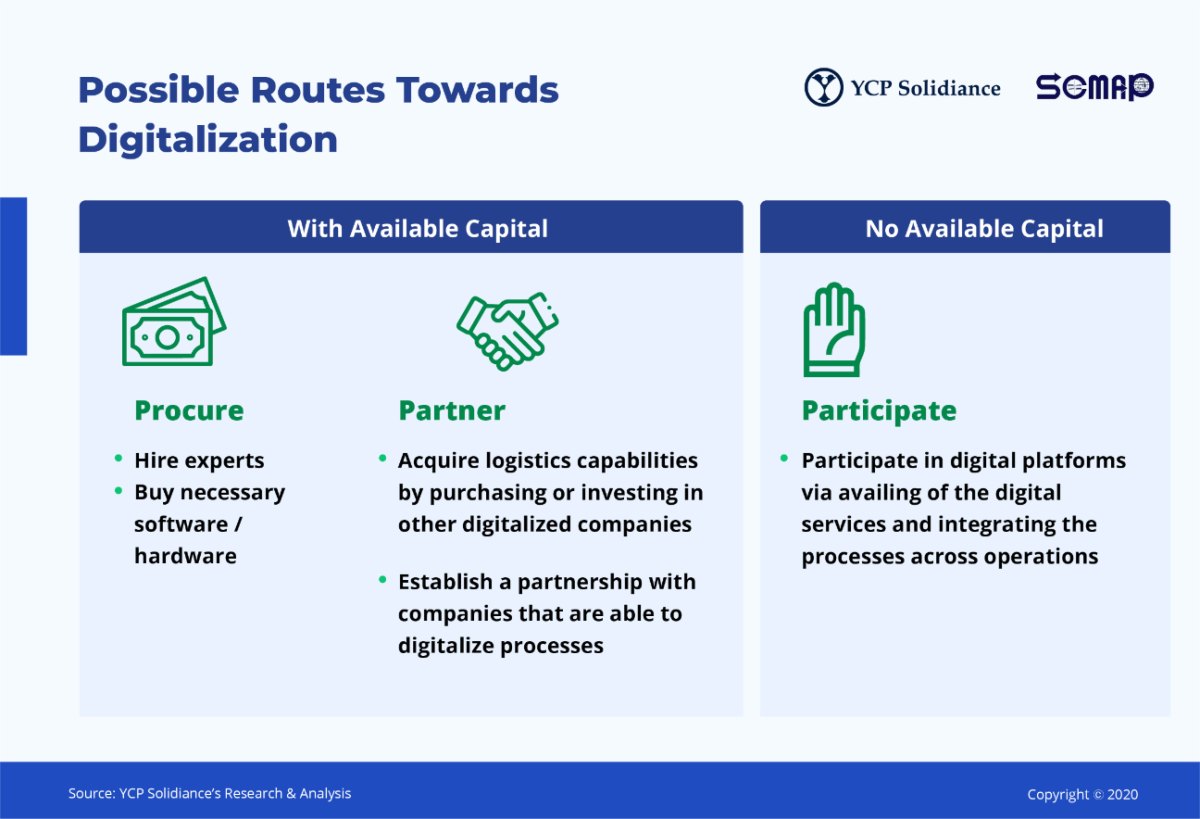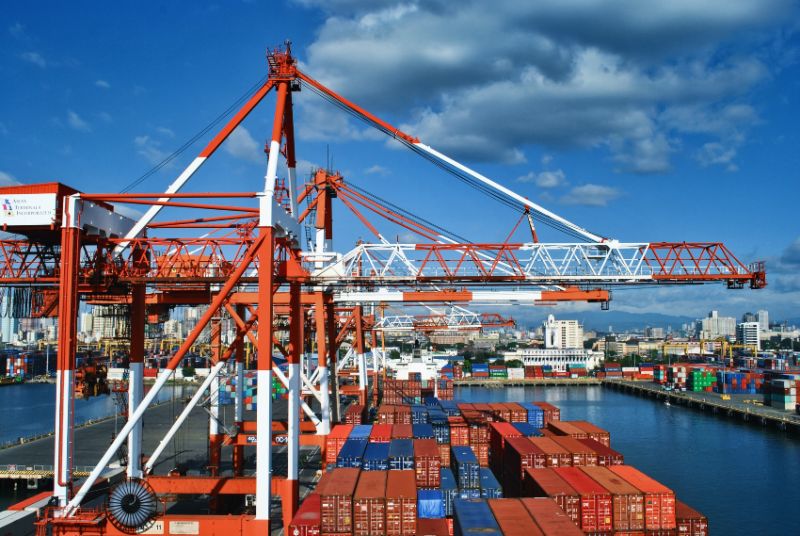As the Philippines’ economic sectors slowly ease their way out of the General Community Quarantine classification, more exporters and shippers—particularly in the industries of garments and furniture—are calling on the government to address the gridlock and maritime transport issues plaguing the country’s logistics industry. In an article posted on Yahoo News this June, industry stakeholders have cited the rising costs of freight and the slow release of permits and other pertinent paperwork as problems that are holding up the efficiency of shipments.
While these issues have been exacerbated by the COVID-19 pandemic, trouble in the logistics industry is not new in the Philippines. According to the white paper Digitalization in the Logistics Industry jointly released by YCP Solidiance and the Supply Chain Management Association of the Philippines (SCMAP), advancements, particularly in the digital realm, need to be accelerated in logistics to move forward from the ever-present problems with customer transparency, clearance processes, and port congestion.
Bottlenecks in the Logistics Industry
The Philippines’ logistics industry still operates primarily in a very traditional manner. The different supply chain processes rely mostly on manual processes—even customer-facing areas like order management and customer service. With more consumers expecting full transparency when it comes to their shipments, the industry is finding it difficult to manage due to its reliance on paper-based waybills and receipts. This is made even more troublesome with COVID-19 forcing providers to rely on skeleton staffs, which slows down the process even more.
Before imported goods enter the Philippines, they need to go through clearances with the Bureau of Customs (BOC). Documentation is crucial at each step and requires coordination with different sets of stakeholders. Unfortunately, the majority of these documents are still issued manually, with only the electronic receipt of goods, one of the first steps, transitioned to digital means. Additionally, certain shipments may require different sets of permits from other government offices, adding another layer to the long, drawn-out process that often takes weeks to complete and leads to port congestion, one of the biggest bottlenecks for the logistics industry.
Routes To Help Digitalization
Digital transformation is easier said than done—but there are many different paths for companies to step up and learn how to employ technological solutions to address bottlenecks and issues. 
- Transparency: Employing customer-focused technological solutions designed for delivery fleets will help in enabling transparency. Already logistics providers like Ninja Van are using QR codes to provide better transparency for their customers and allow them to track their orders in real-time.
- Customs Clearance Process: Digitalization can cut down the clearing and releasing process from 10 to 25 business days down to just 3 to 5. This can be done through the use of encrypted online forms and unique digital authentication methods for sensitive information like signatures.
Digitalization presents various opportunities for organizations to help resolve the long-standing issues that have made logistics a pain for many different sectors. As the country transitions to its “new normal” to cope with the changes brought on by the pandemic, digitalization will be crucial to ensure efficiency and efficacy.
To learn more about the different stakeholders in the Philippine logistics industry and their plans for digital transformation, read the full white paper here.
To receive timely business insights focused on helping Asia’s industries move forward from COVID-19, subscribe to our newsletter here.







